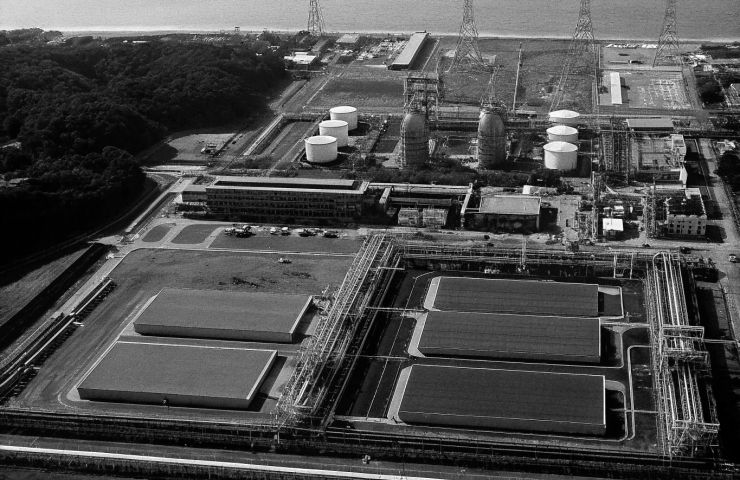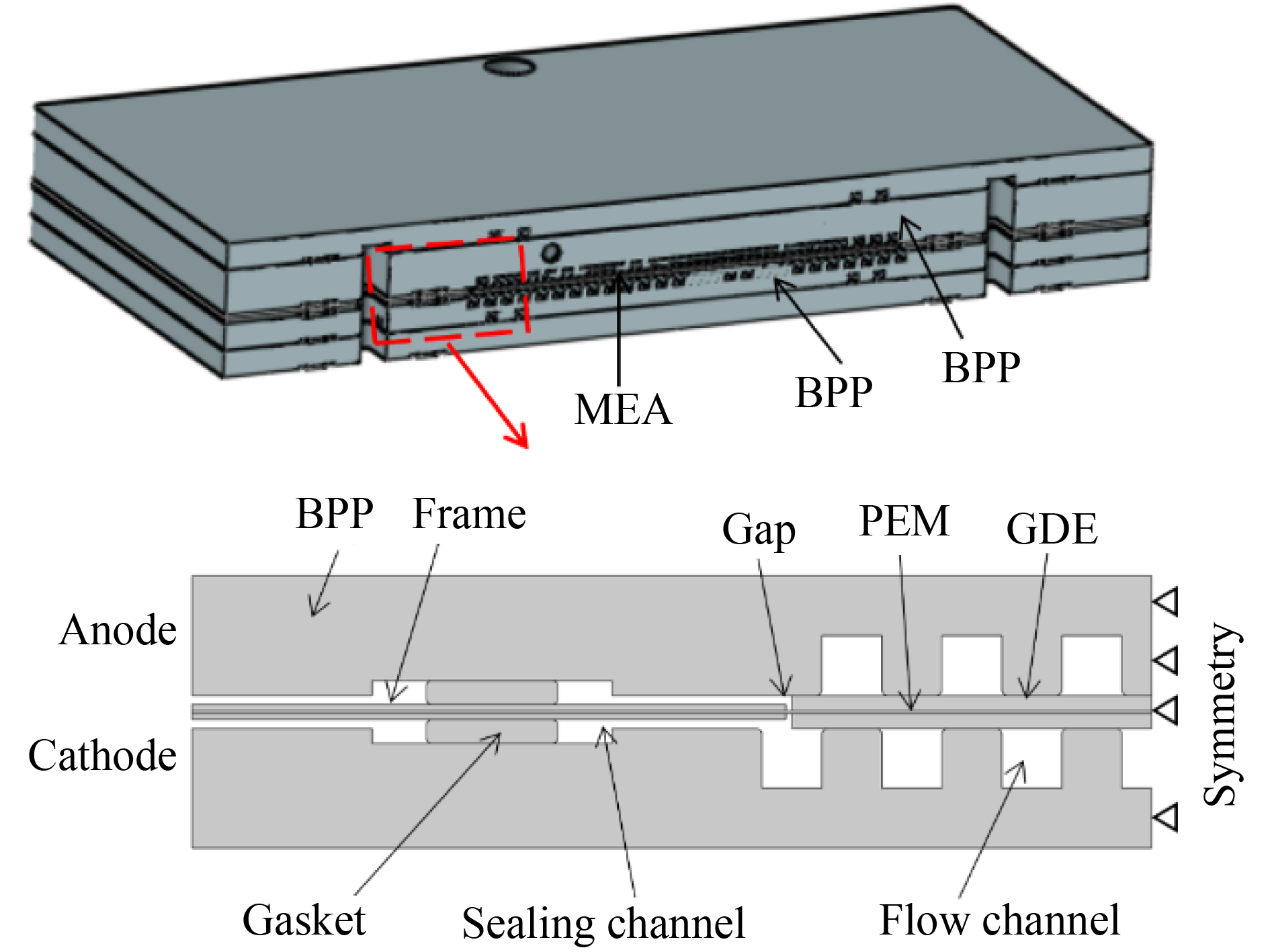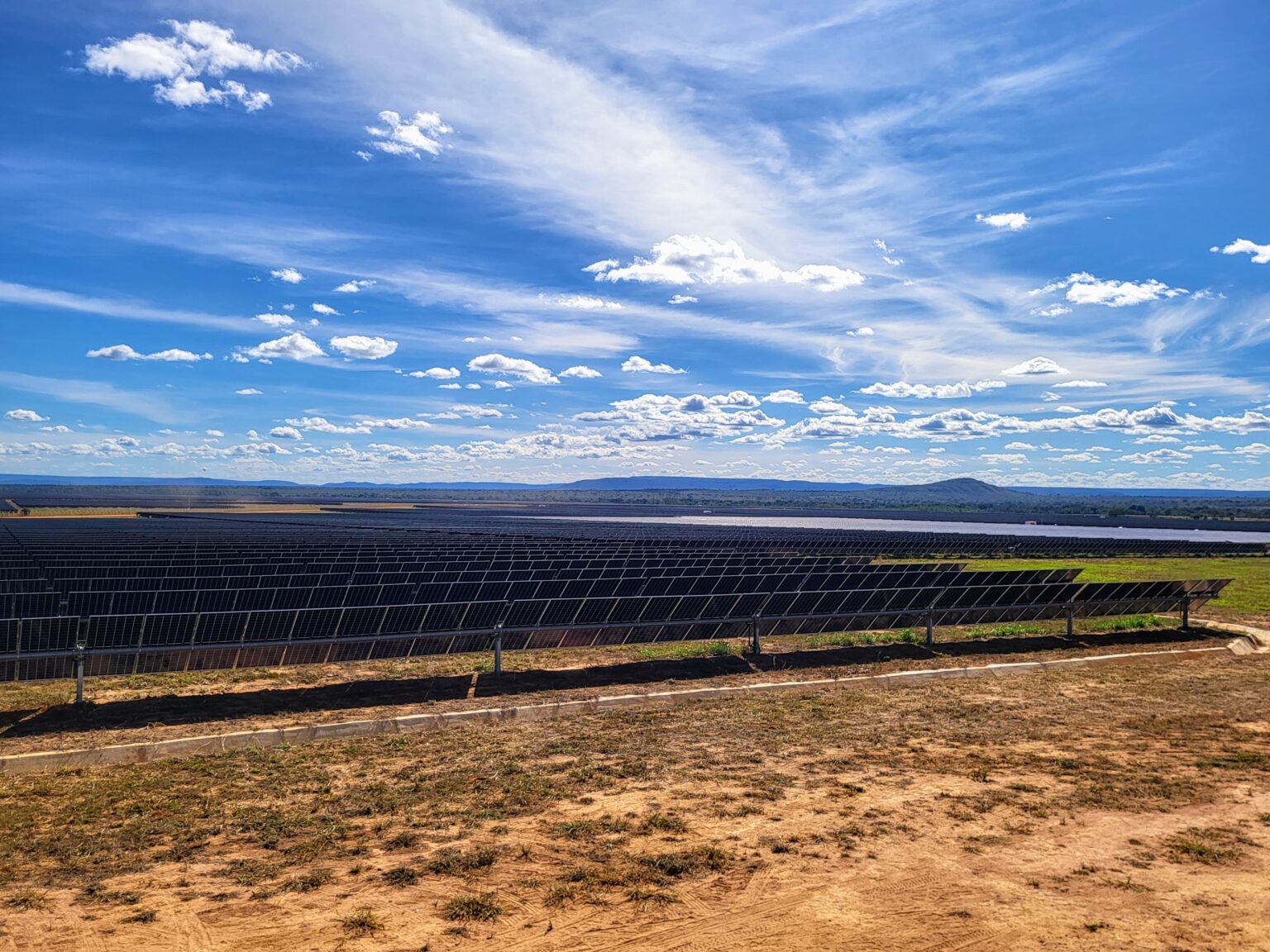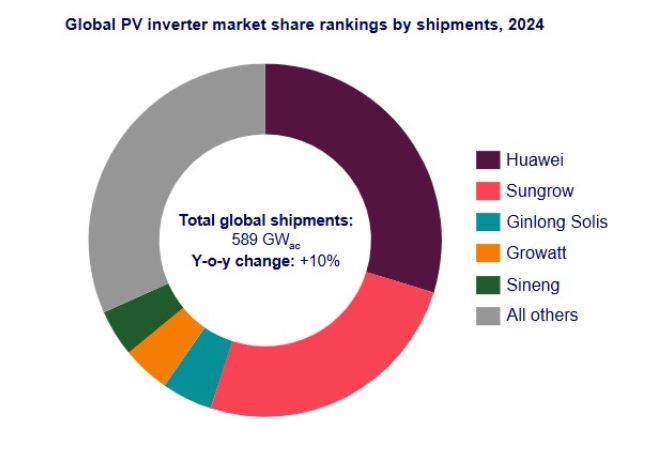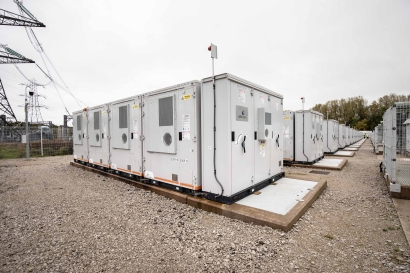New model for predicting residential PV fleet yield
To predict the energy yield of residential solar PV fleets based on limited information, Dutch researchers developed a probability-based mathematical model that provides rapid sky view factor (SVF) calculations, protects PV plant owner privacy, and was shown to be effective for studying PV potential in urban areas.

To predict the energy yield of residential solar PV fleets based on limited information, Dutch researchers developed a probability-based mathematical model that provides rapid sky view factor (SVF) calculations, protects PV plant owner privacy, and was shown to be effective for studying PV potential in urban areas.
Research from the Netherlands' Delft University of Technology (TU Delft) has resulted in a probabilistic framework to predict the energy yields of fleets of residential solar PV plants.
The novel framework, which preserves the privacy of the individual plant owners, derives a probability mass function (PMF) for sunlight access. It incorporates shading effects, sky view factor (SVF), light-collecting surface, and diffuse sunlight on rough surfaces, while considering various parameters, such as local slopes, angle of illumination, and height.
“We need fast PV yield prediction models for applications, such as PV design optimization, for real-time monitoring and fault detection, and for making decisions about how to operate the grid. The solution was to integrate the roughness of urban morphology into PV yield equations using probability laws,” the research's lead author, Hesan Ziar told pv magazine.
In the study, “Probability Mass Function of Energy for Light-Collecting Surfaces in Rough Geometries and Its Applications in Urban Energy and Photovoltaics,” published in the IEEE Journal of Photovoltaics, the need to include the roughness of the surroundings and light-collecting surface shapes in residential solar PV calculations was described as increasingly important as solar PV adoption increases in urban settings.
To develop the framework, the digital surface model (DSM) of Delft was used. “The DSM data are the height data of all objects on the earth’s surface,” the researchers said, noting that the vegetation was removed using the QGIS software tool, and the 3DEP LidarExplorer portal of the U.S. Geological Survey science database was also used for validation and comparisons.
Two regions in Eindhoven were selected for the study: one in the city center and the other in the countryside. In each region, 50 PV systems were randomly selected, and the energy yield of the two fleets was predicted using the mathematical framework and later compared with real measurements.
The only information from the systems available to the model was the aggregated installed capacity of each fleet, specifically 198.6 kW for the urban and 278.1 kW for the countryside. The exact installation spot or orientation of the systems was unknown, thus respecting the privacy of the owners, according to the researchers.
When the model was validated by comparing it to real, anonymized, PV system fleet data from regions in Eindhoven, which was provided by Dutch software company Solar Monkey, the results showed that the predictions were in line with the group’s past practical and simulated PV fleet data. “We now have a probability distribution function to predict solar panel electricity output in urban areas,” said Ziar.
The new model reportedly avoids the need for time-consuming horizon scanning and SVF calculations to understand the shading that influences PV yield. The yield calculation time was decreased from hours to seconds, according to Ziar.
Providing information about aggregated PV electricity, or fleet data, suits the way grid operators use data in grid node management, according to Ziar. Using data at the fleet level also preserves PV owner privacy. “Owners do not always want to share all the details about their systems, or they simply don't know it. This model only needs limited and coarse info about the PV systems,” he stressed.
Looking ahead, Ziar intends to integrate the model with artificial intelligence-based irradiance prediction techniques. “So we will have a two-level prediction, first using machine learning we predict irradiance for a free horizon, then we predict the PV fleet yield within a raised horizon. After that, we will collaborate with grid operators to provide real-time residential PV yield prediction for their decision-making processes in grid congestion management matters,” said Ziar.
Other areas that may benefit from such models, according to the researcher, are urban heat island formation studies, sunlight access research for the health of citizens, and areas where there is the need to quickly visualize a terrain using sky view factor calculation.
What's Your Reaction?
























